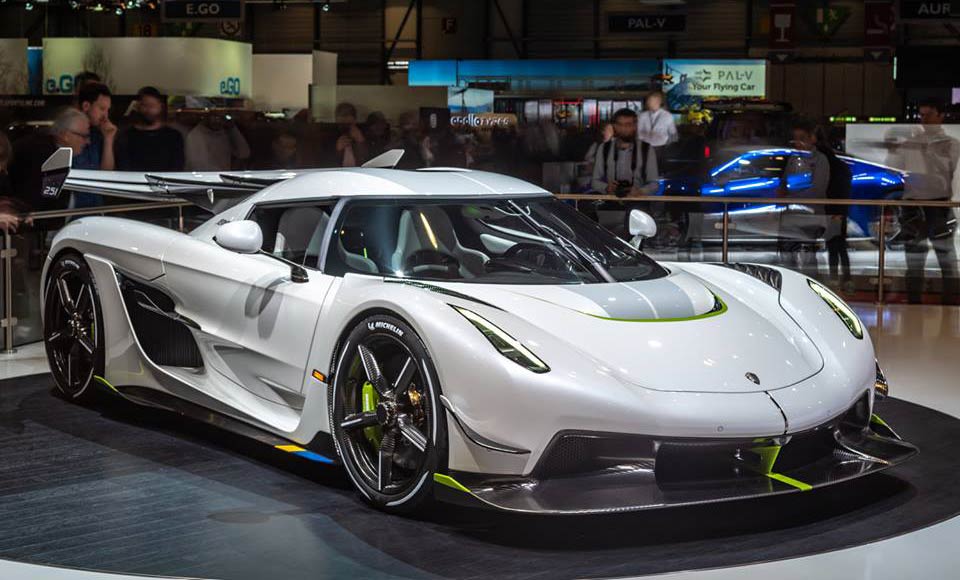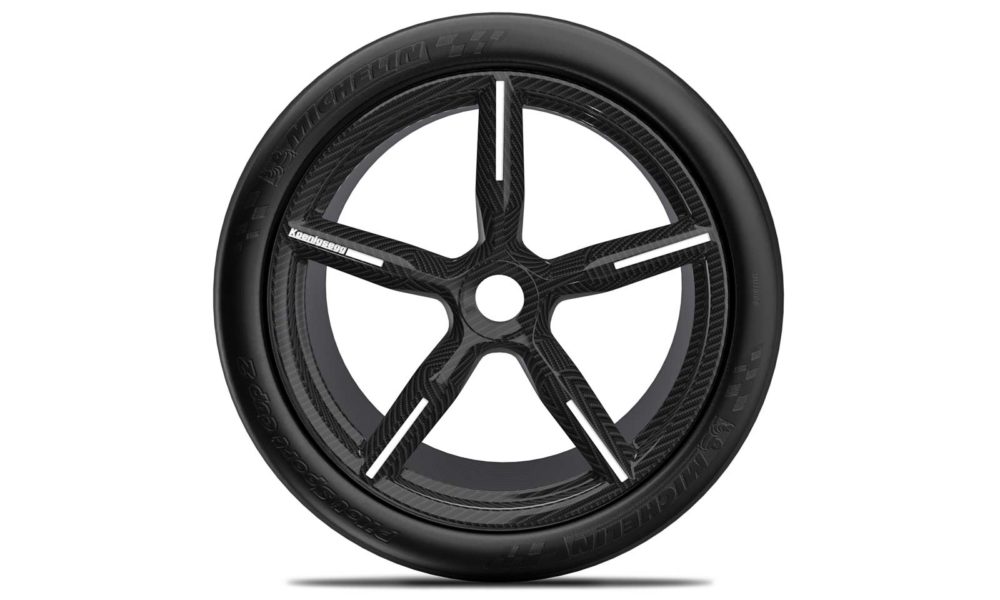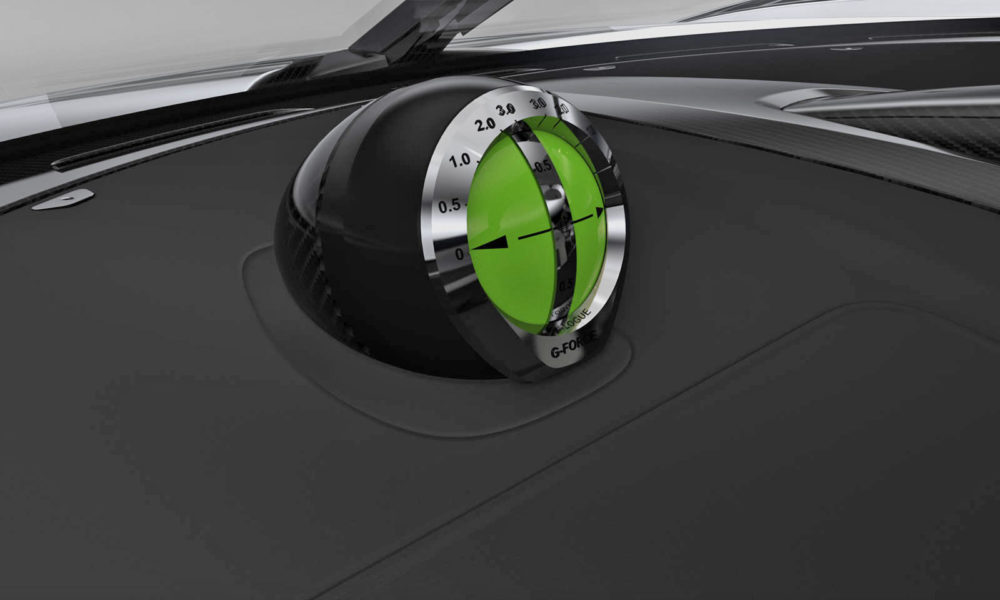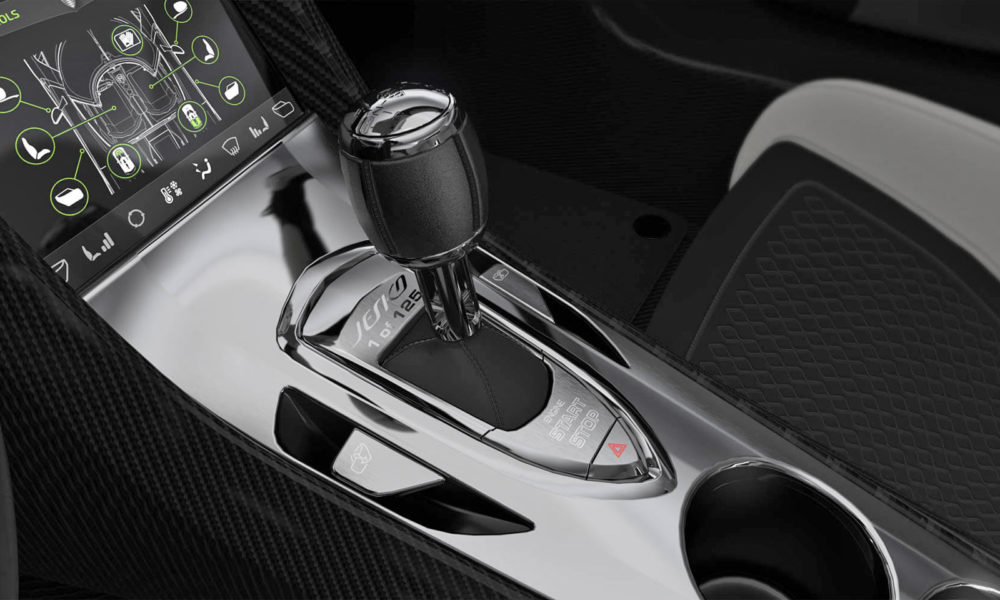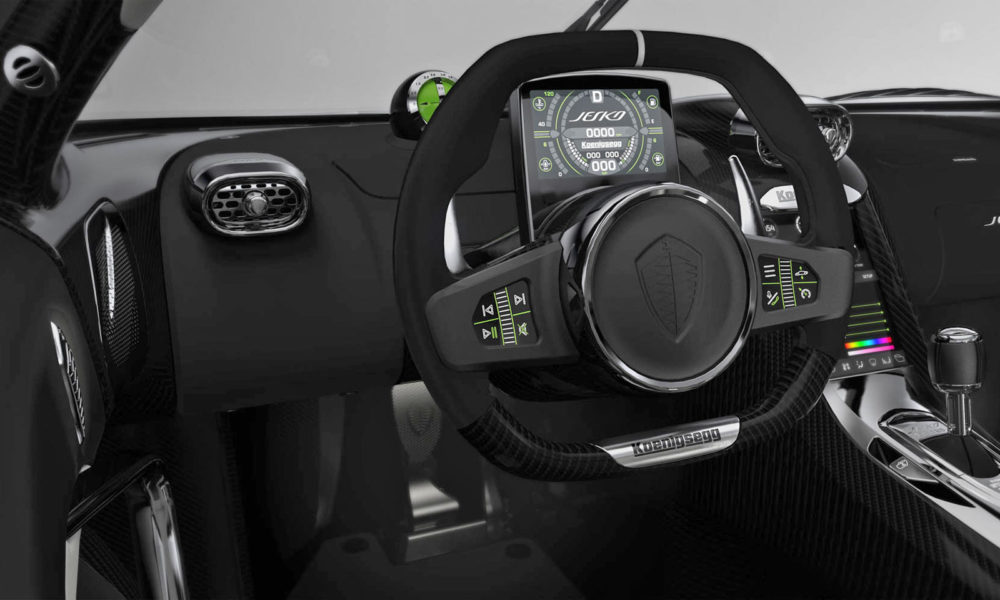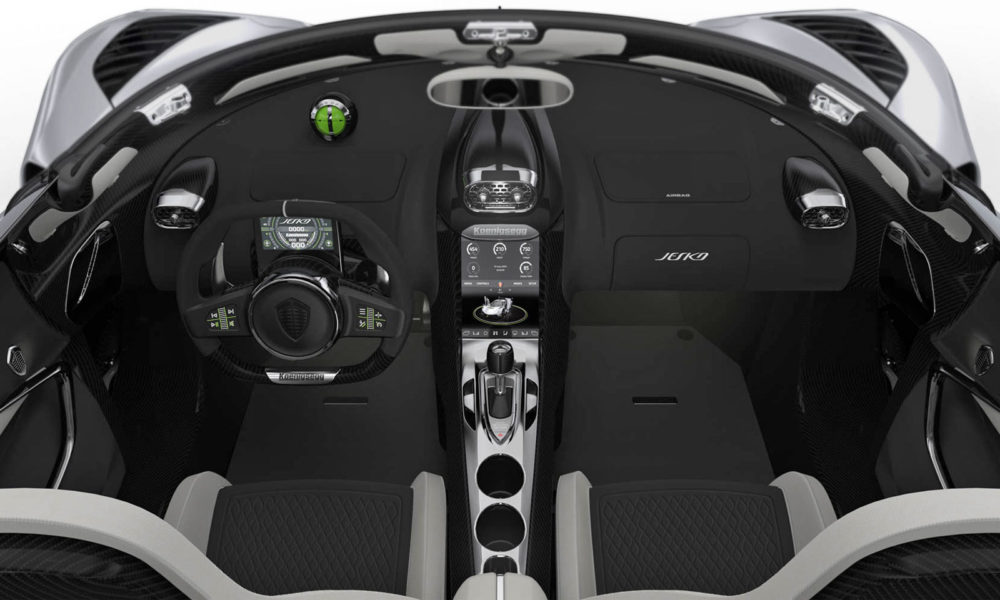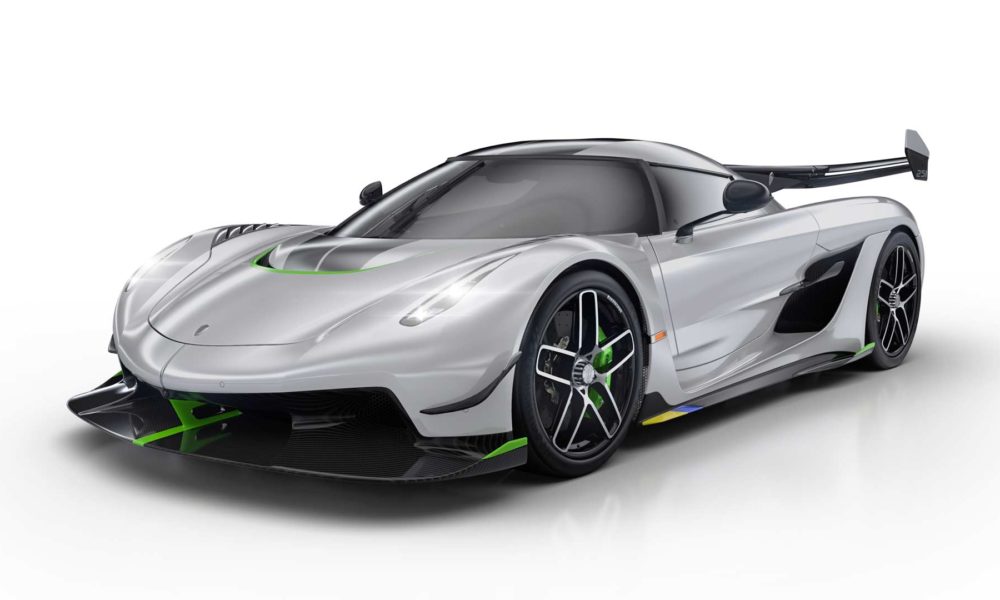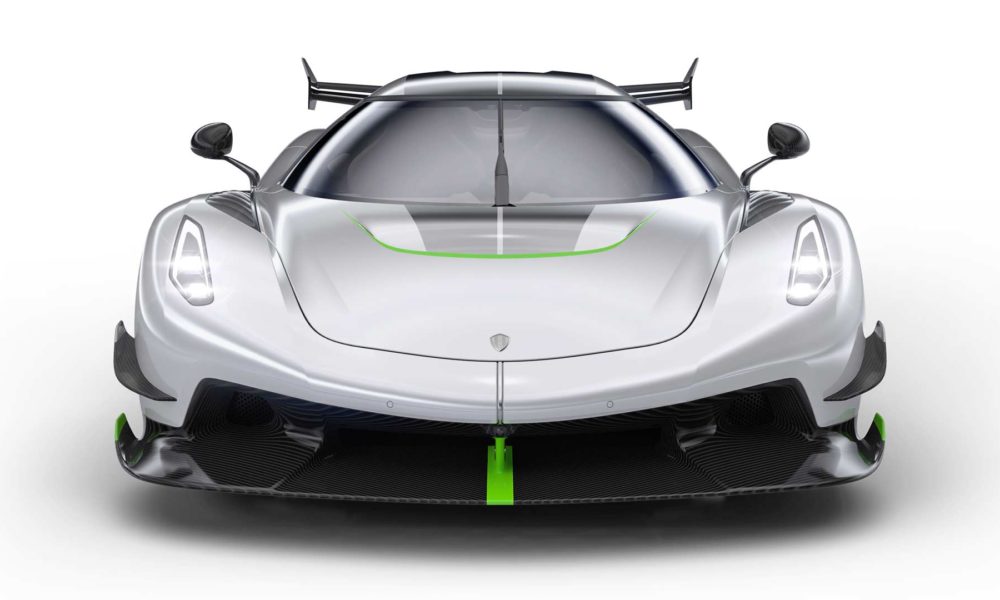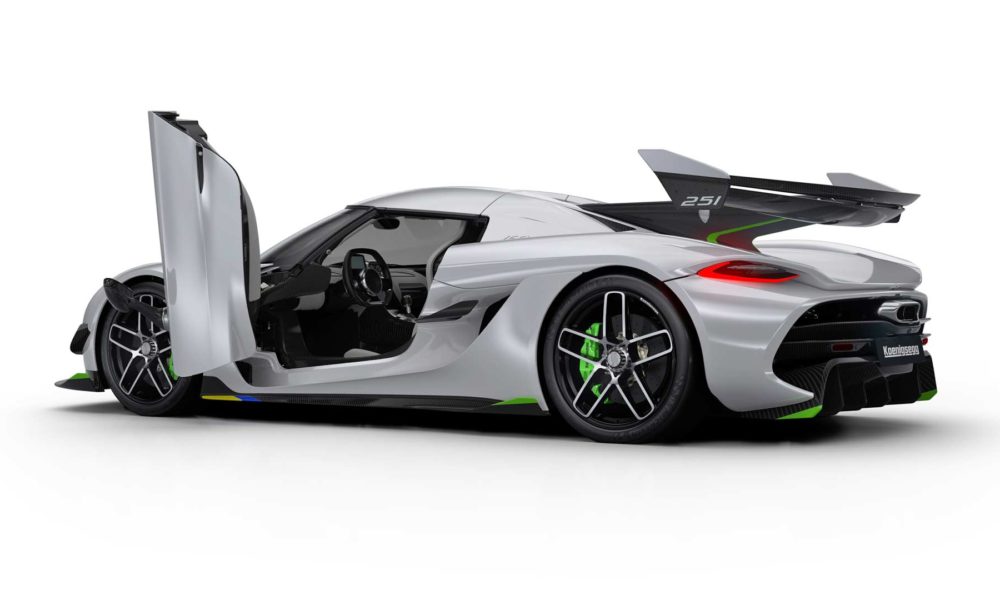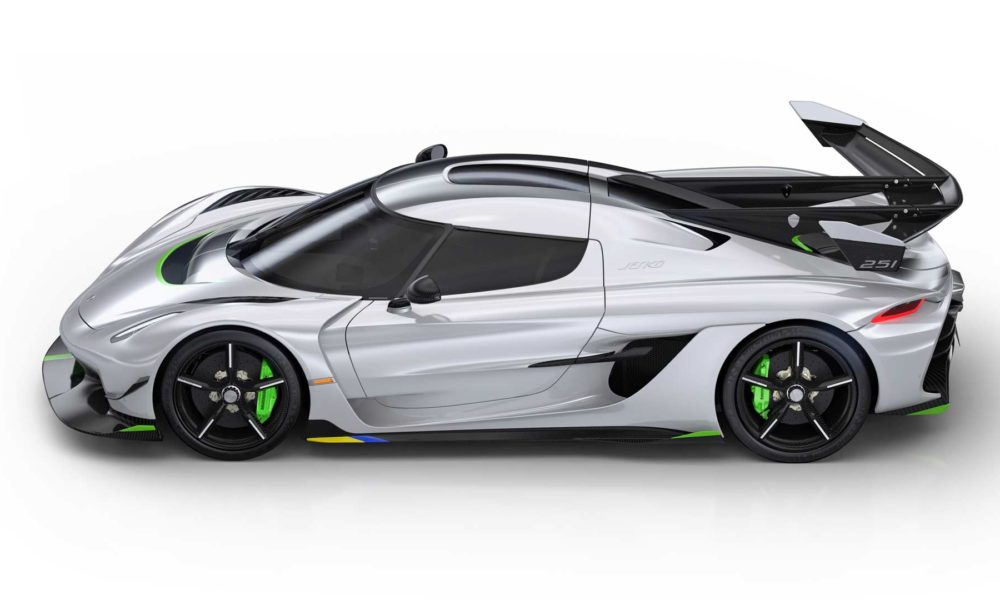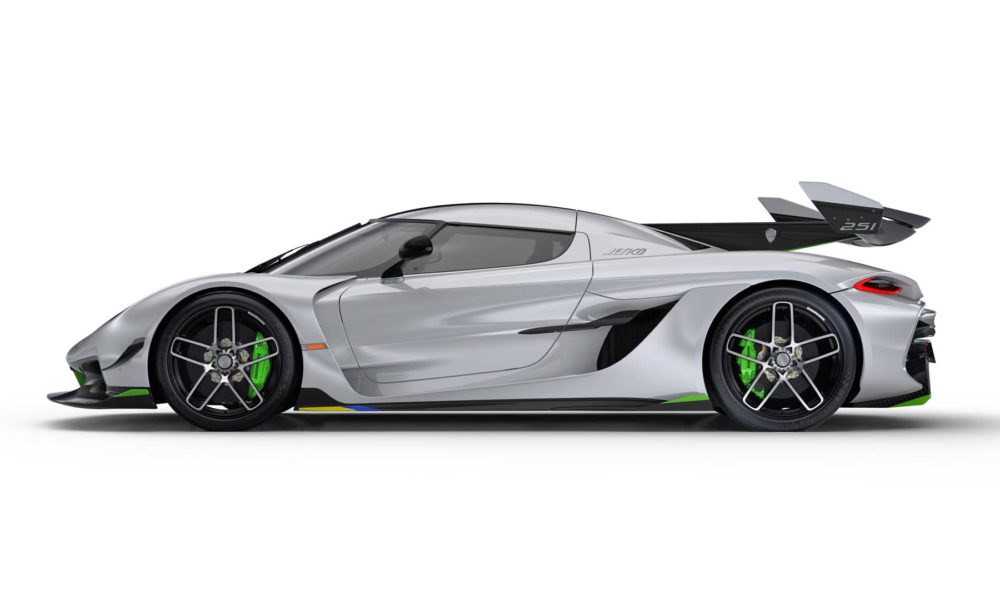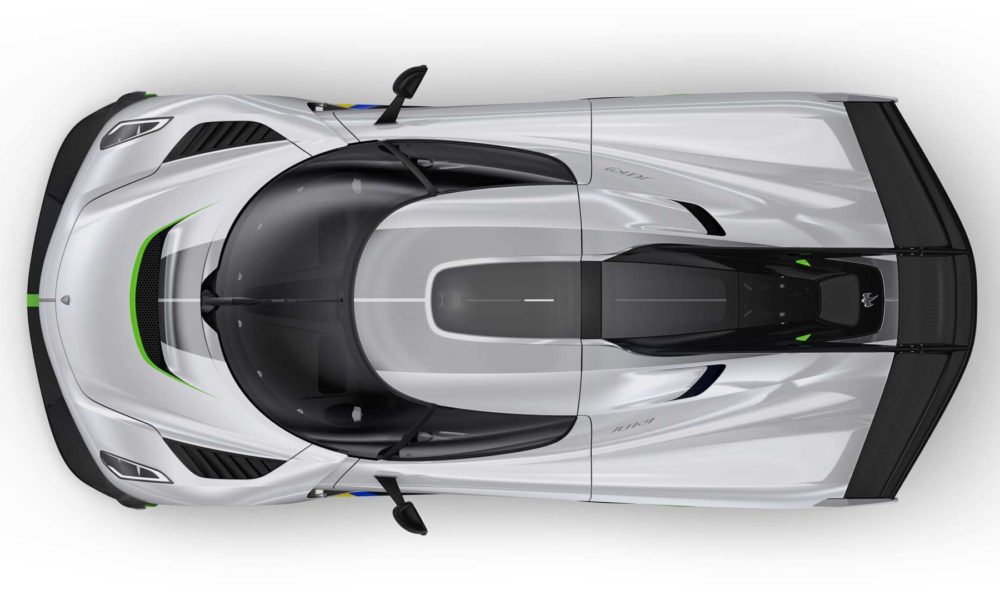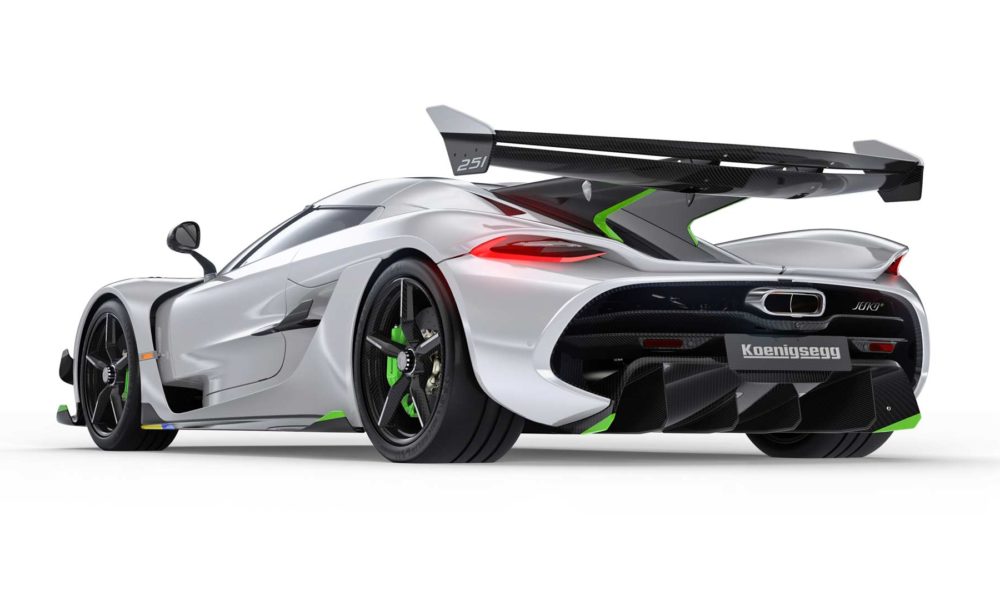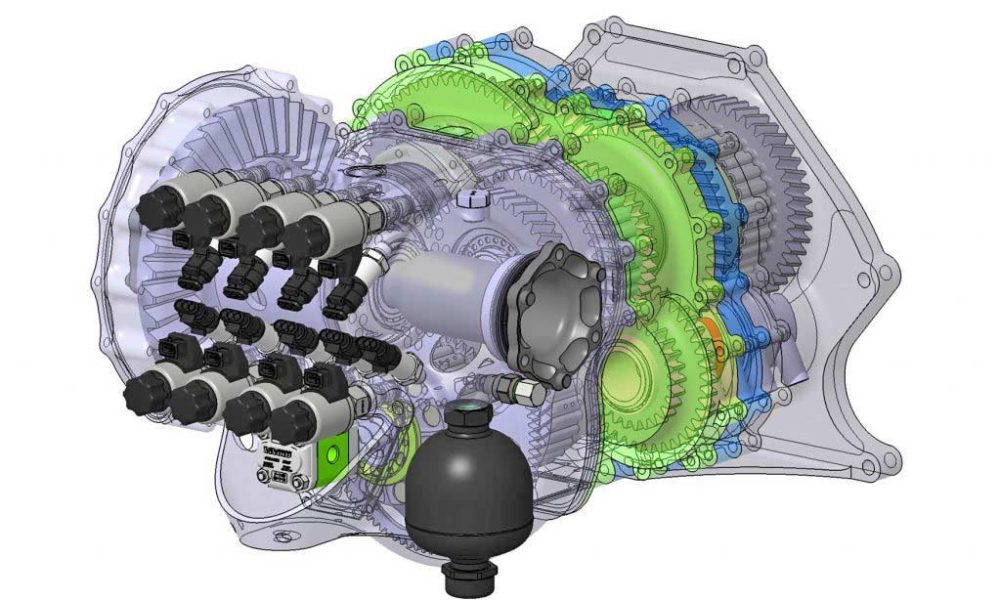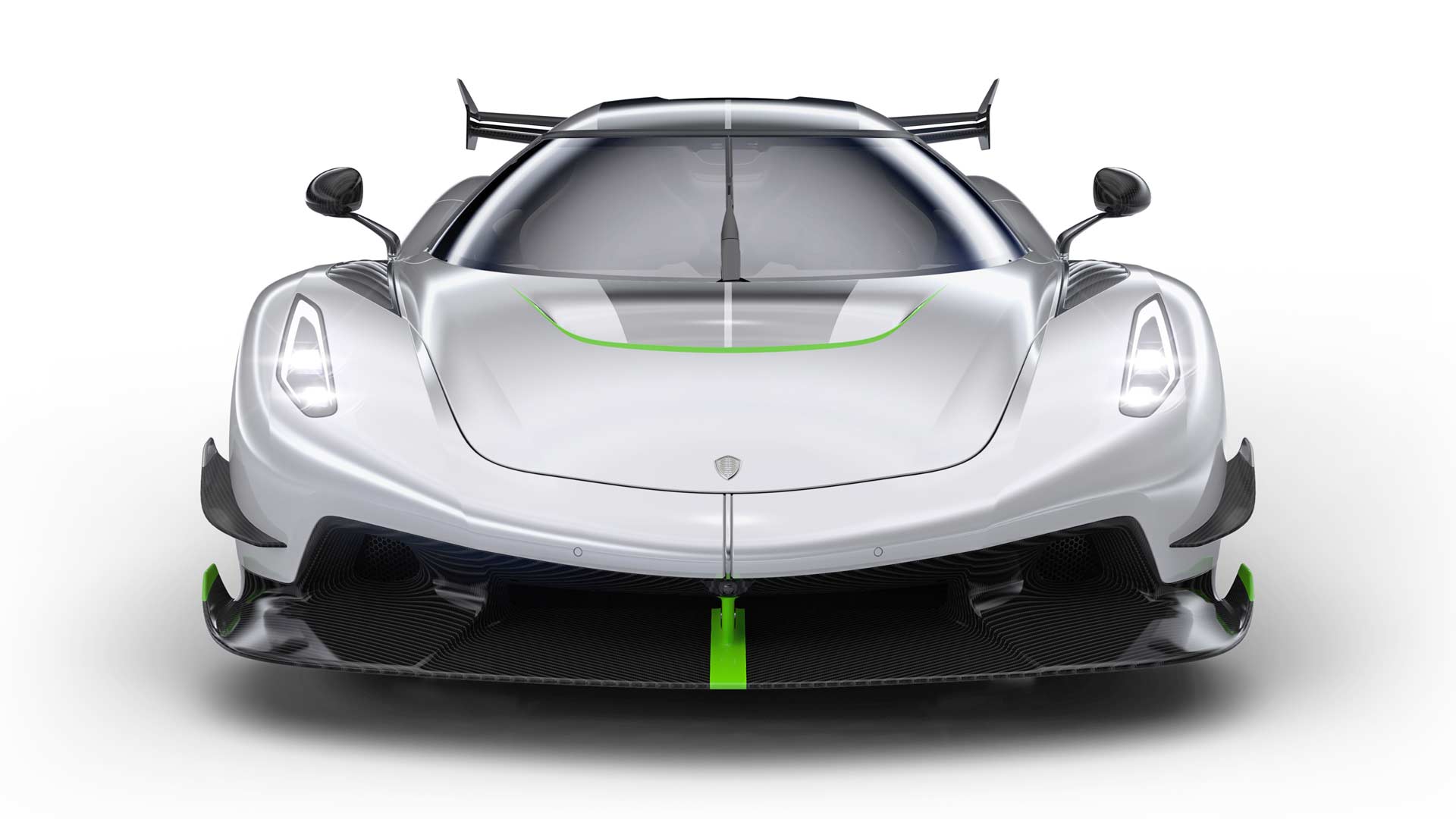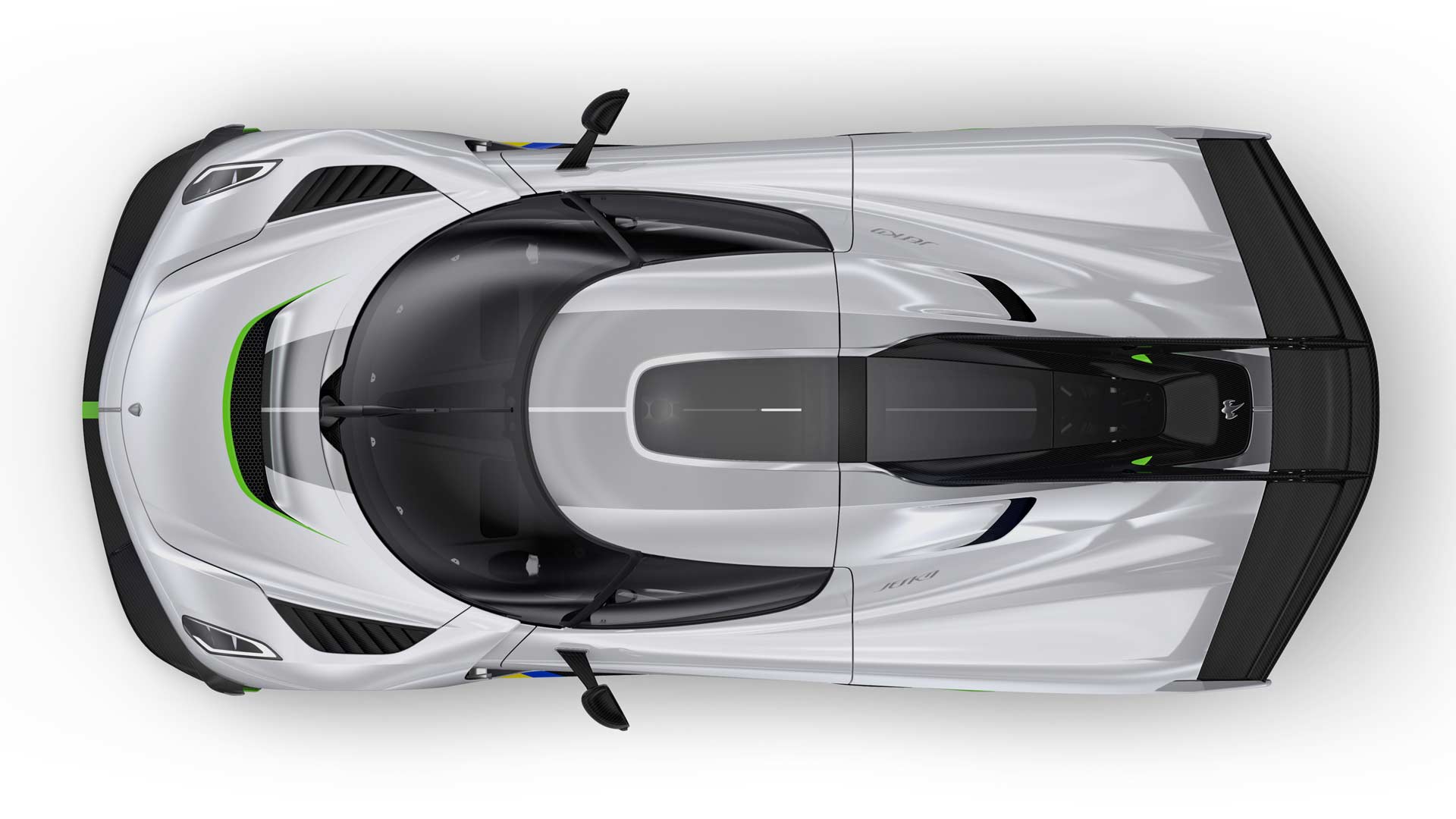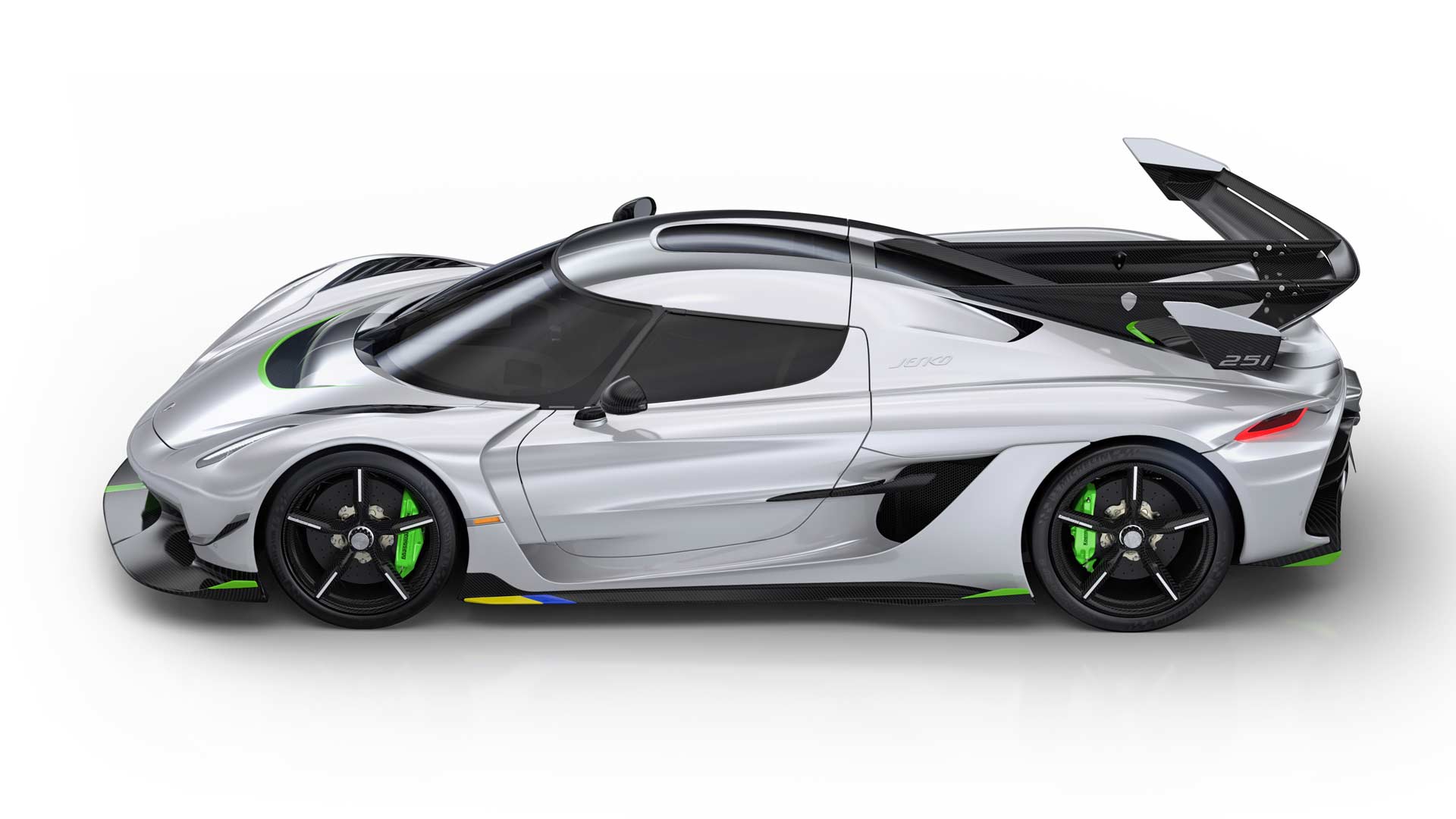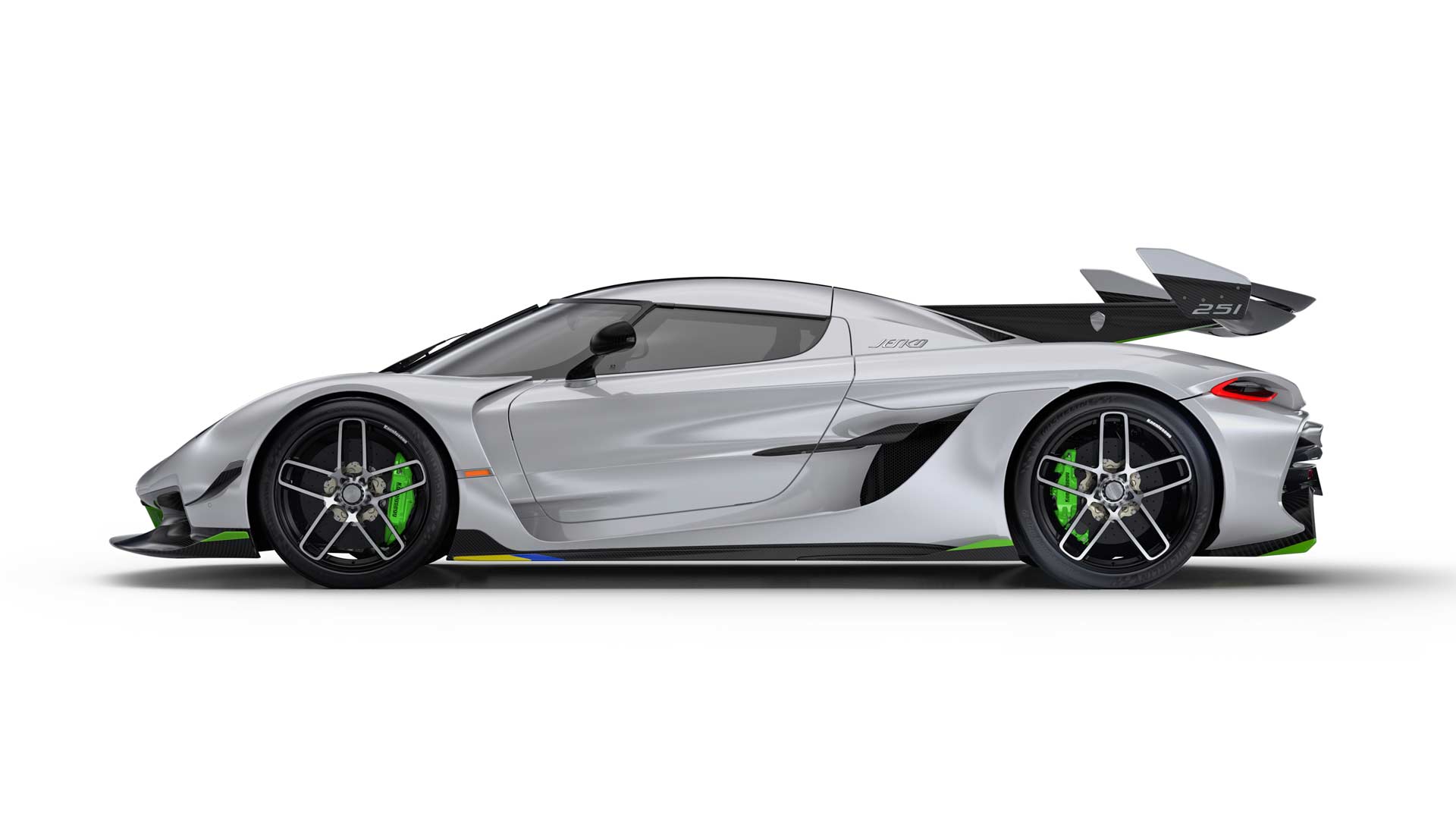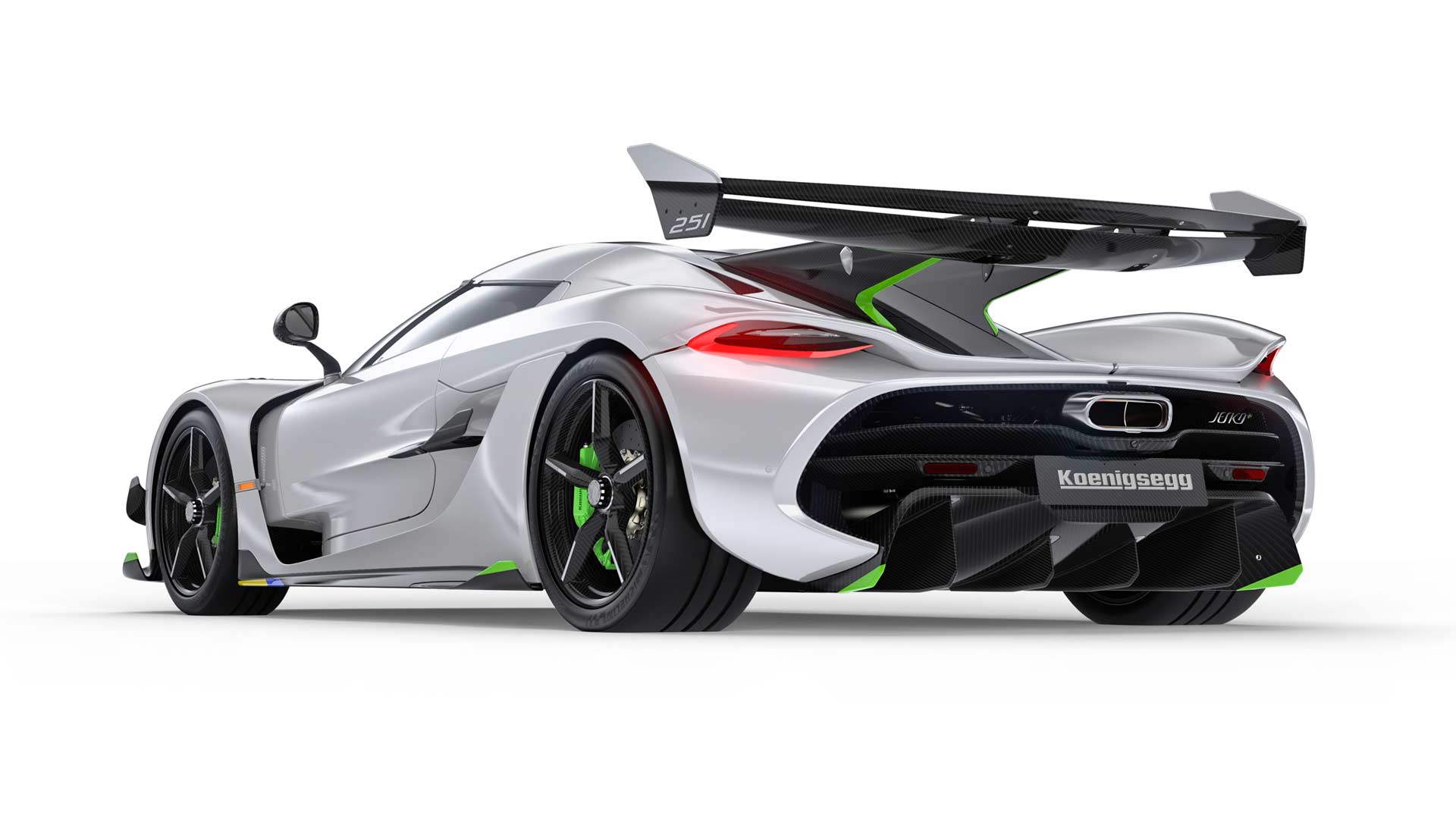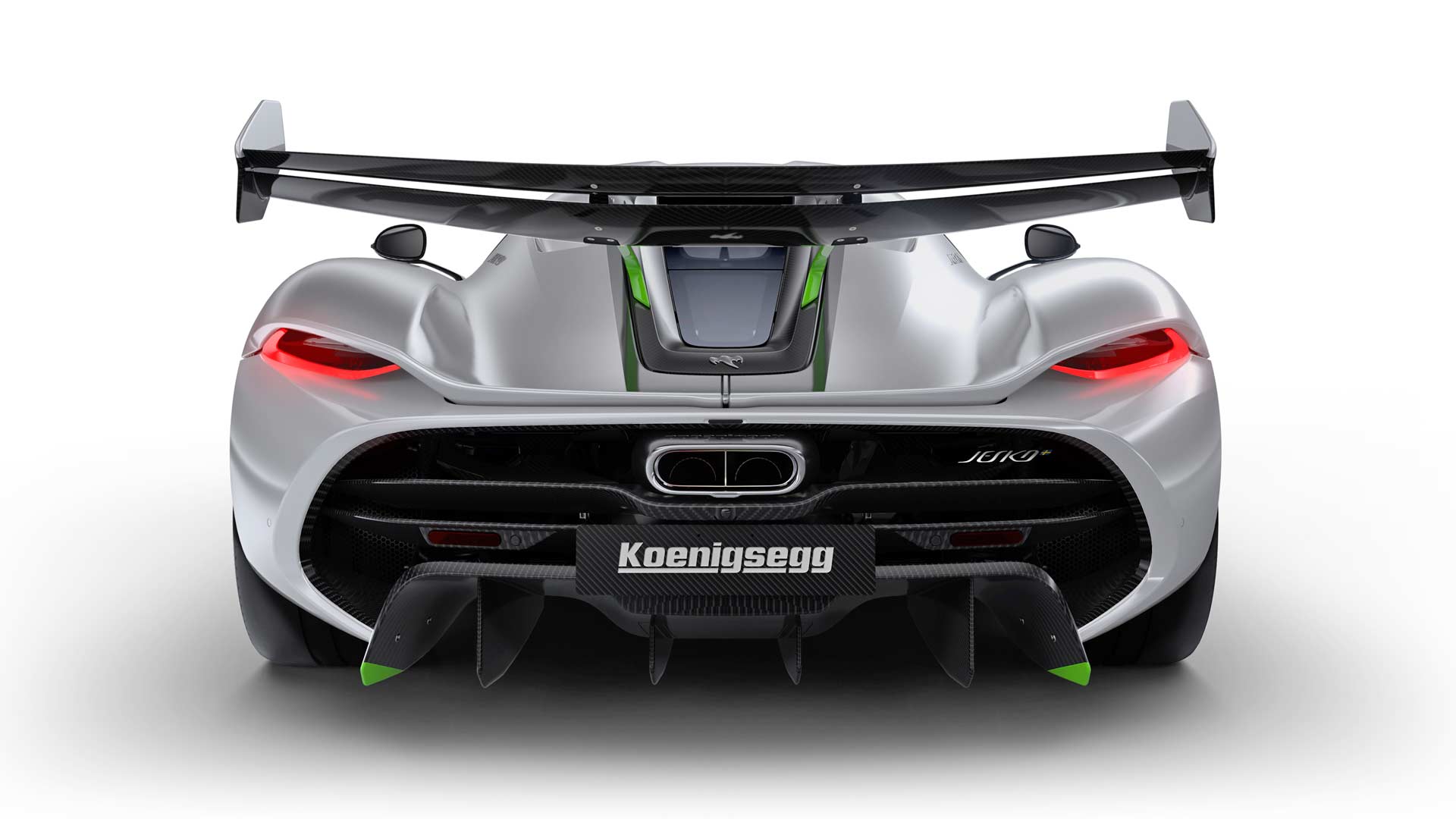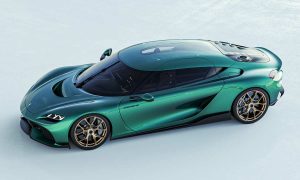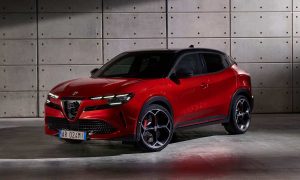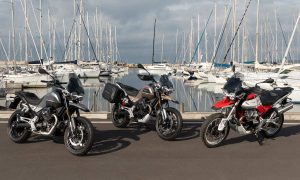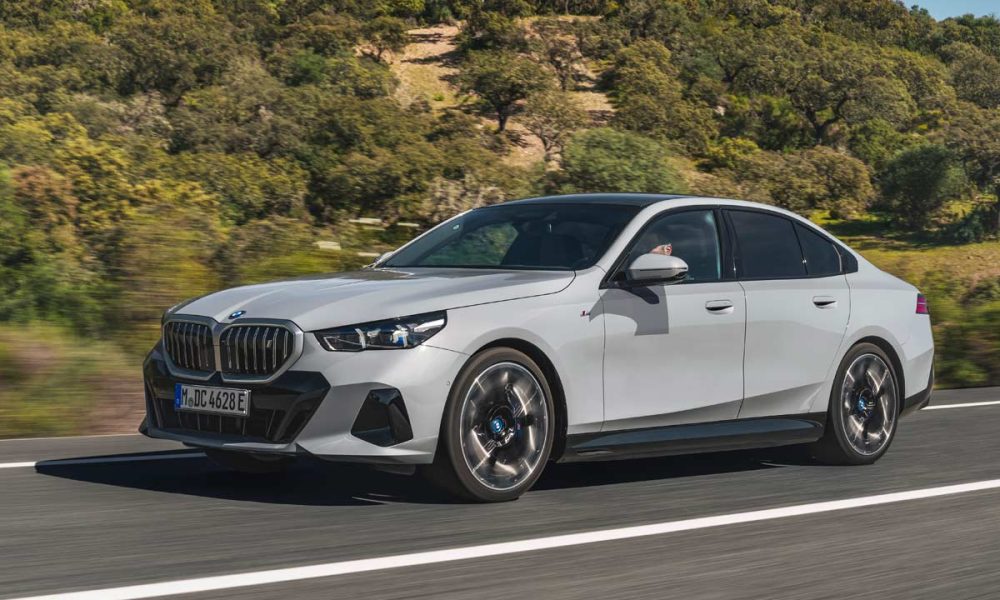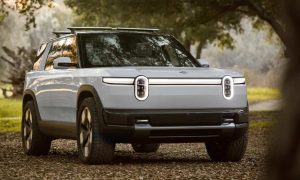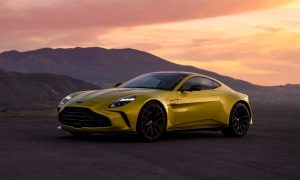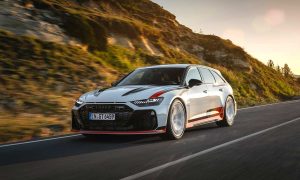It all begins with the name. The Jesko is named after Jesko von Koenigsegg, father of the company’s Founder and CEO, Christian. Now retired and in his 80s, Mr. Jesko helped the brand during its formative years and steered the company through many early challenges.
As for the car, the Jesko replaces the Agera RS. It retains most of the brand’s signature design elements including the wrap-around windshield with a central wiper. The LED headlamps are made in-house, while the rear-end has some Porsche inspiration.
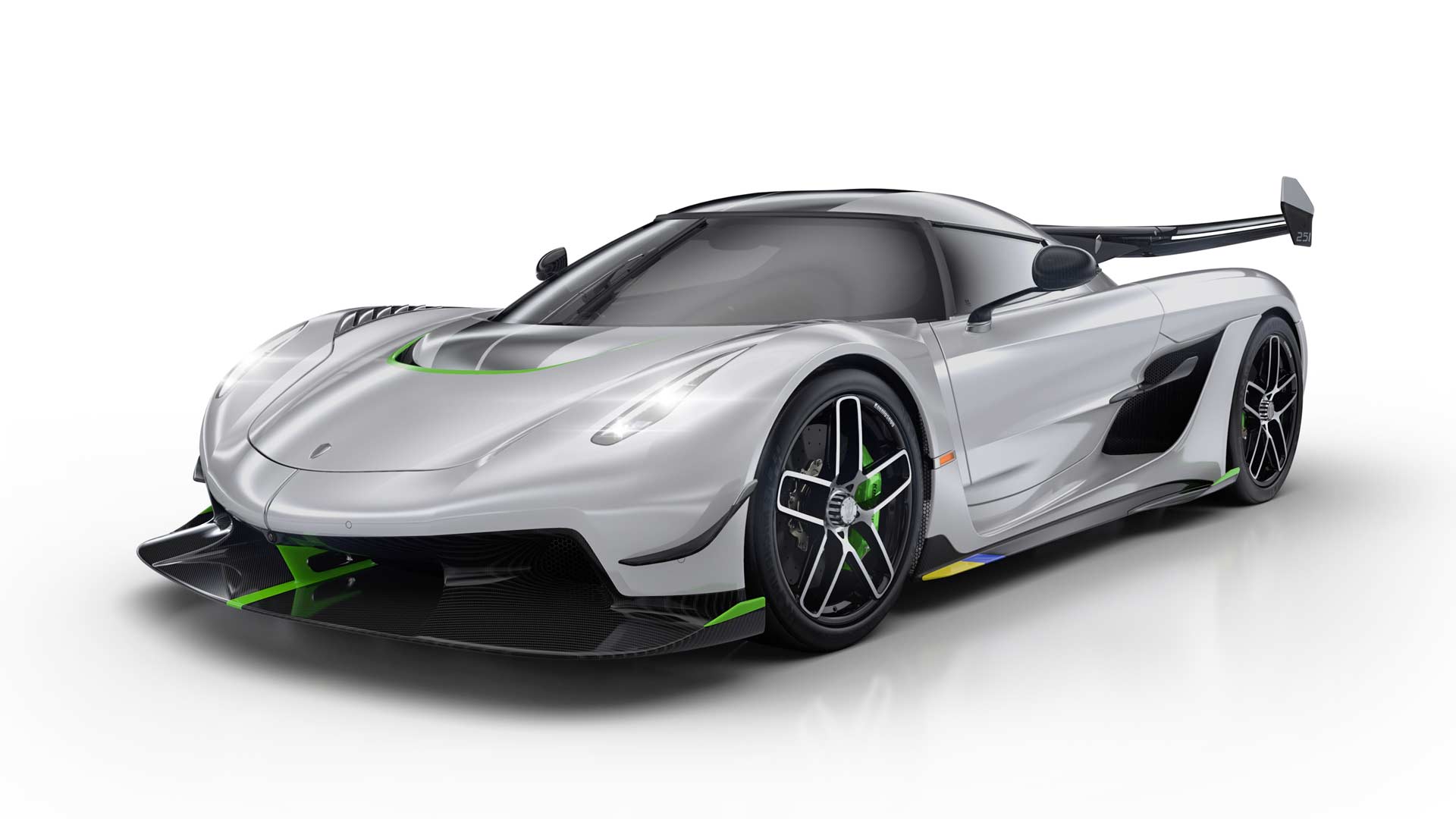
The front splitter is the largest ever for a Koenigsegg, and the car features active under-body flaps to either maximize or release downforce, as required. One of the reasons the active double-profile rear wing is curved, is to maximize the surface area used to push the car into the tarmac. Overall, the Jesko is claimed to deliver a downforce payload of 800 kg (1,764 lbs) at 250 km/h (155 mph) at the car’s most aggressive setting. That figure rises to 1,000 kg (2,205 lbs) at 275 km/h (171 mph). These figures are a 30% increase over the One:1 at similar speeds, and a 40% increase over the Agera RS. Even the wing mirrors provide 20 kg (44 lbs) of downforce while directing airflow to the rear of the vehicle, says the company.
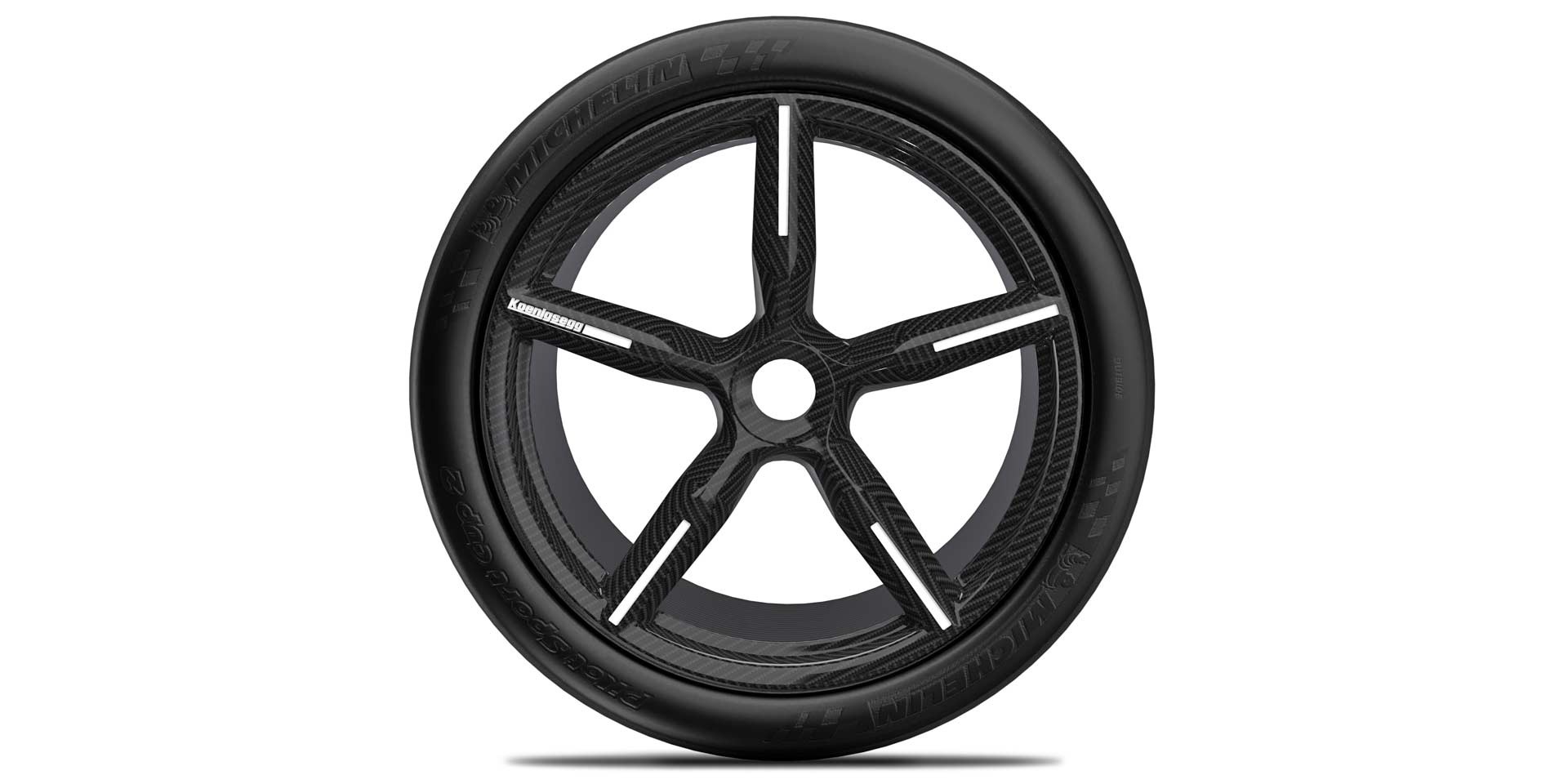
Jesko’s new optional carbon fibre wheels are claimed to be the lightest and strongest production wheels of their size. Larger than the Agera RS wheels, the front weighs 5.9 kg (13 lbs) (20” x 9.5”) and the rear 7.4 kg (16.3 lbs) (21” x 12”). Michelin Pilot Sport Cup 2 tires come as standard. These are the same tires that were used on the Agera RS to set 5 world speed records. Michelin’s new Pilot Sport Cup 2 R tires are available as a dry-weather-only option. The Cup 2 R features a new tread pattern offering a 10% bigger contact patch and significant improvements in performance and grip.
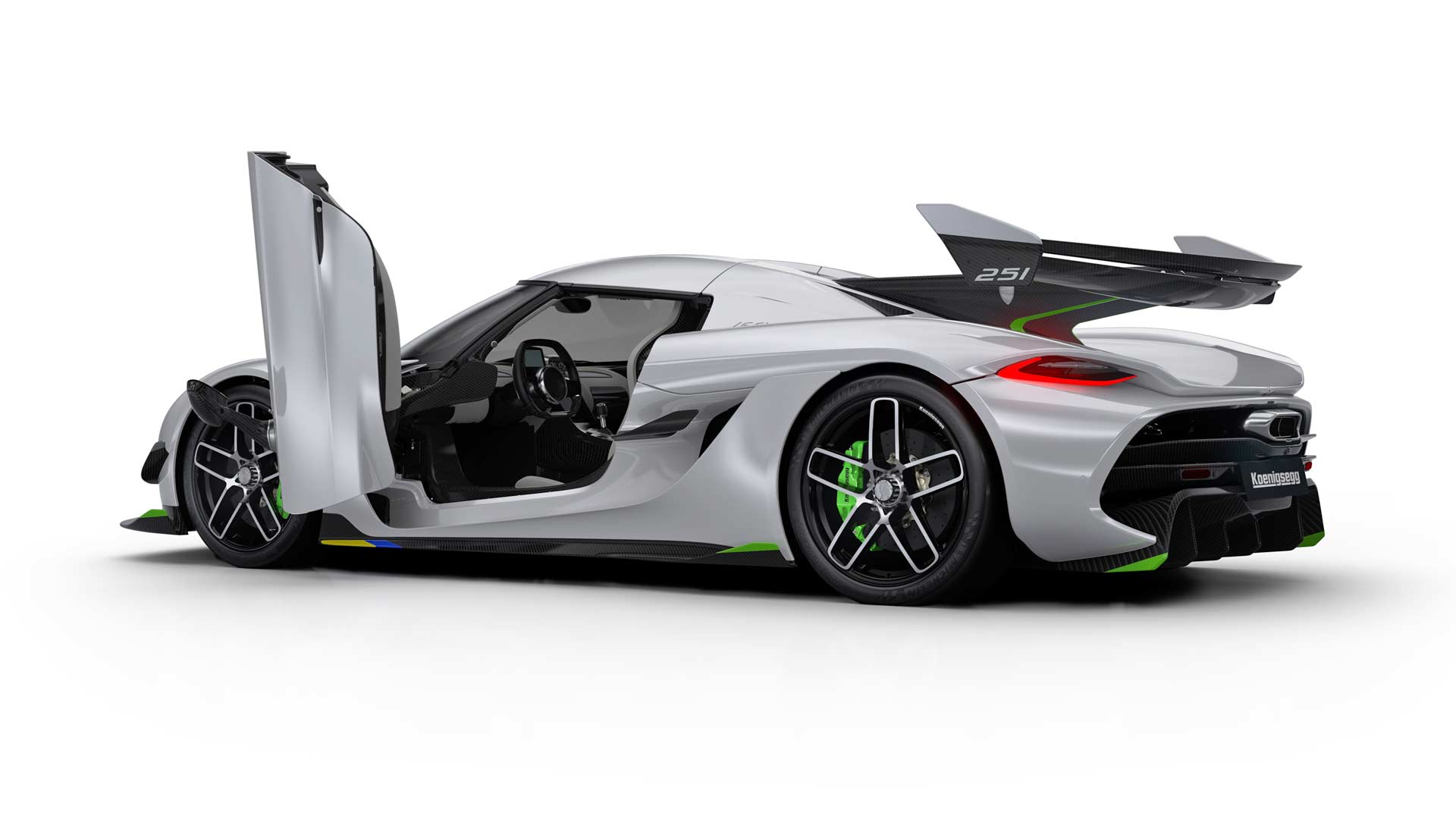
The famous dihedral synchro-helix door has been re-engineered to allow for a better opening angle, and easier ingress and egress as well as better protection from high curbs. The new mechanism can be retrofitted to previous models.
Jesko’s carbon fibre monocoque chassis is 40 mm longer and 22 mm taller than its predecessor, allowing for more interior space. The carbon roof can be removed, however, it can’t be stored in the car, and has to be left at home.
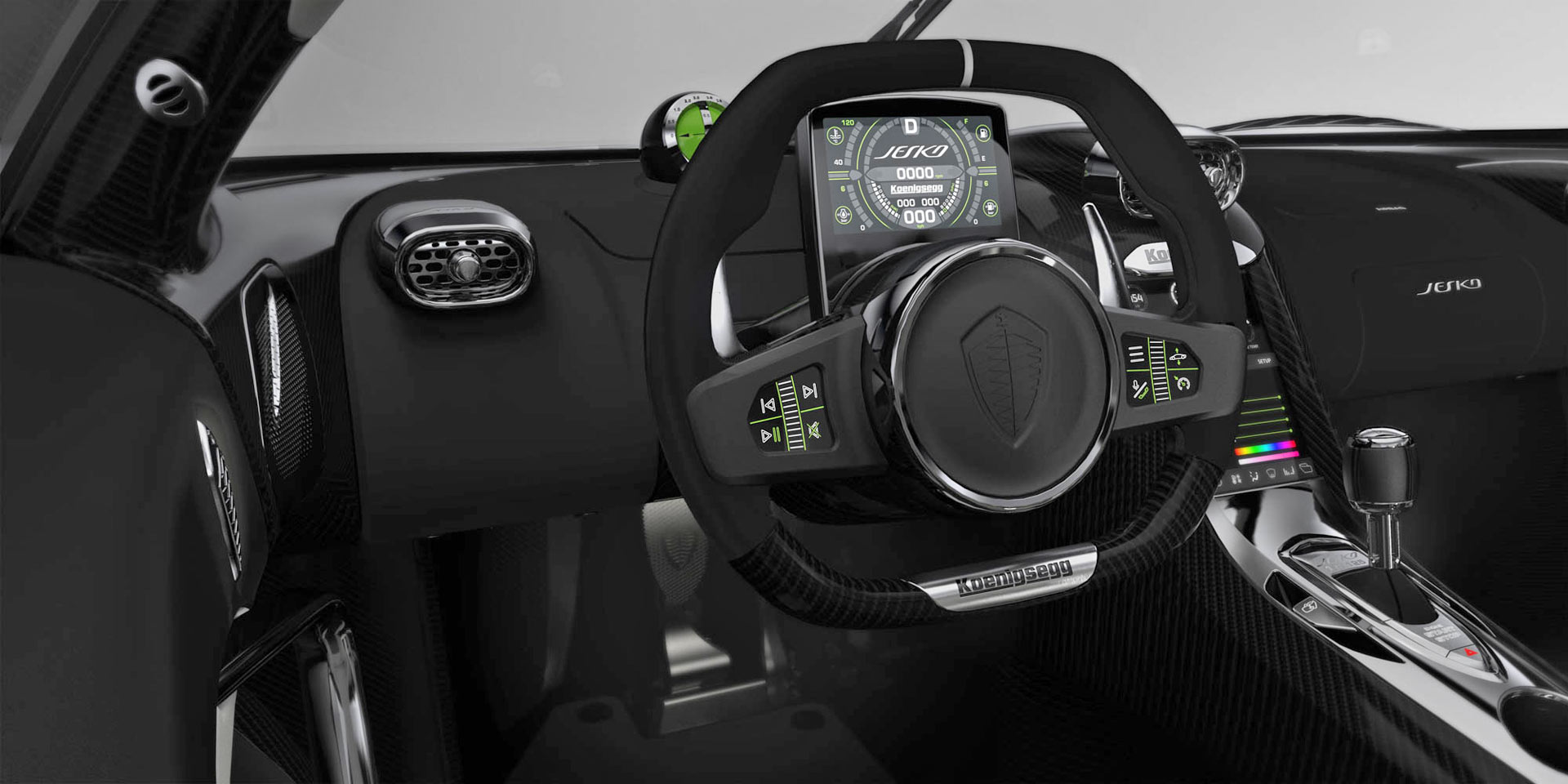
Speaking of the interiors, the steering wheel has an integrated 9-inch SmartCenter central display, where the graphics always stay horizontal or level, regardless of the steering position. Also, notice the two small touchscreens with haptic controls. Updates for the software happens over-the-air via the Koenigsegg Cloud.
 Analogue G-Force meter
Analogue G-Force meter
Other amenities include adjustable pedals, a TFT touchscreen, Bluetooth connectivity, USB inputs, inductive phone charging, climate control, bird’s eye view parking assistance, and leather or Alcantara trim with contrast stitching. The Autoskin technology continues to be featured here as well. It uses electronics and miniaturized hydraulics to automate the operation of doors and hoods via the touch of a button on the Koenigsegg remote key.
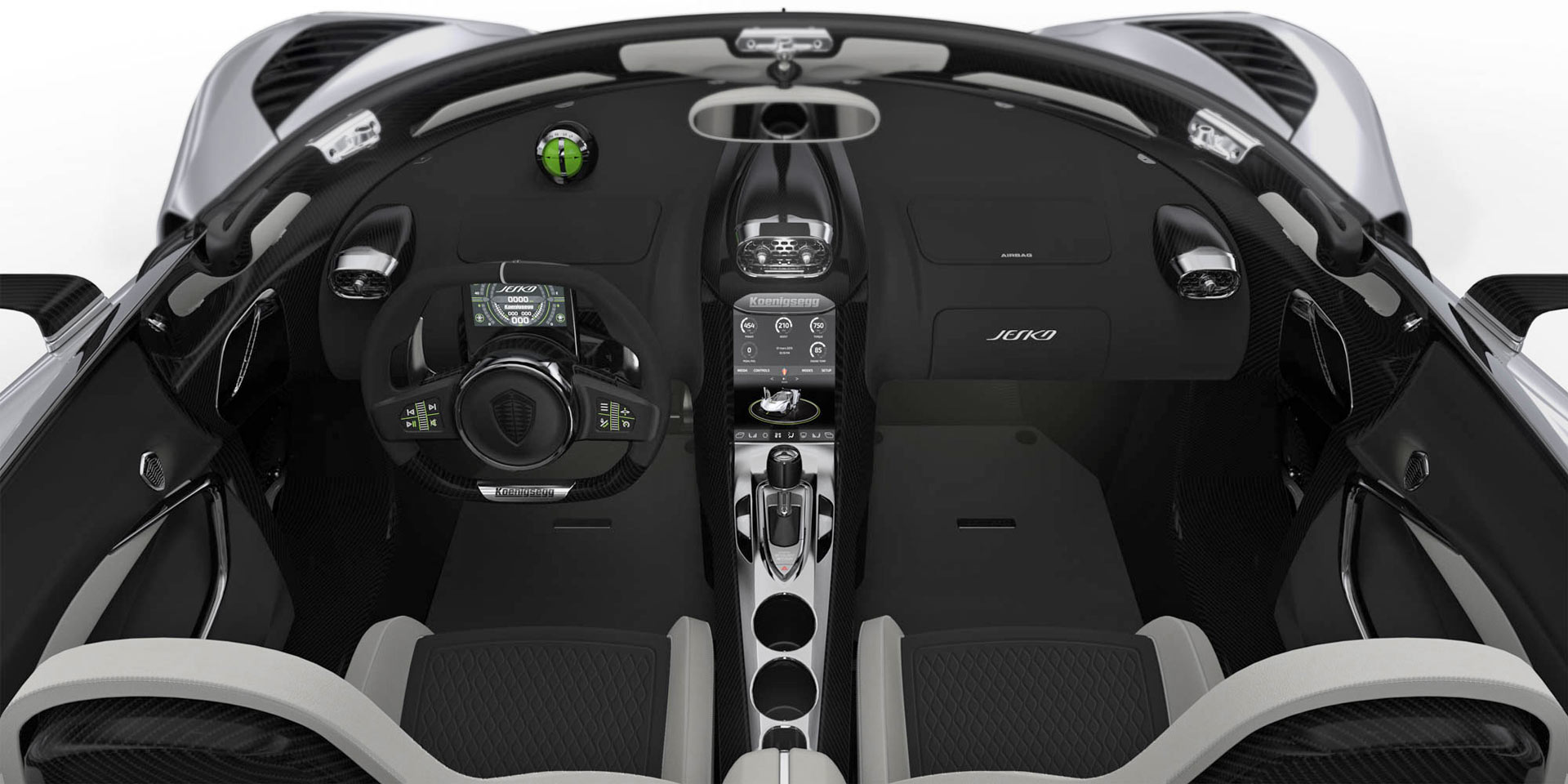
Powertrain
The 5.0-litre twin-turbo V8 engine has been re-engineered. It features a new flat-plane 180-degree crankshaft, weighing 12.5 kg (27.5 lbs), claimed to be the world’s lightest production V8 crankshaft. Made from a single solid billet of high tensile Swedish Dievar steel, the flat-plane design allows even firing across engine banks and an even more visceral engine sound, Koenigsegg says. The connecting rods and pistons are newly designed and are lightweight as well.
The turbos are bigger, and eliminating the lag is a patent-pending system that provides a 20-bar shot of air strategically located within the turbocharger system. The output is 955 kW (1,280 bhp) on regular gasoline and 1,193 kW (1,600 bhp) on E85. Maximum torque increases to 1,500 Nm (1,106 lb-ft) at 5,100 rpm with 1,000+ Nm (737+ lb-ft) available anywhere between 2,700 to 6,170 rpm.
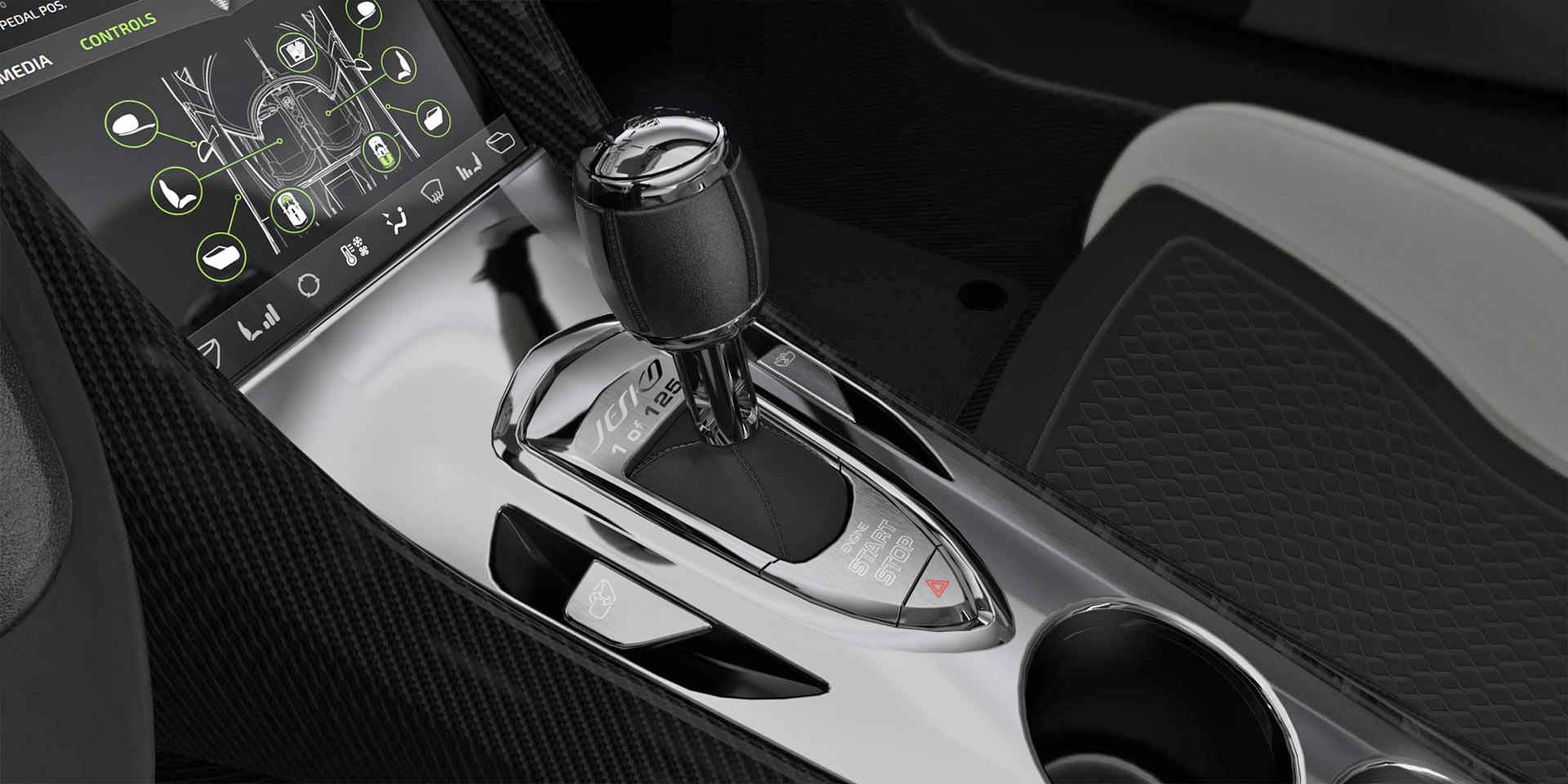
While the Regera eliminates the gearbox altogether, Koenigsegg has developed a new Light Speed Transmission for the Jesko. It’s a 9-speed multi-clutch unit that does away with traditional synch rings and makes changes between any gear possible in no time.
While a DCT allows for fast gear changes, it comes with a significant weight penalty and the limitation of only changing to adjacent gears due to anticipation logic constraints. The LST allows the driver to change to the optimal gear for acceleration, regardless of that gear’s relationship to the current gear. For example, if the car is in 7th gear and 4th is the optimal gear for maximum acceleration, the LST allows to shift directly from 7th to 4th at lightning speed, without waiting for synchronization, says Koenigsegg.
It comes with something called UPOD (Ultimate Power On Demand) technology that uses vehicle speed and engine speed to determine the correct gear for maximum power and directs the LST to engage that gear.
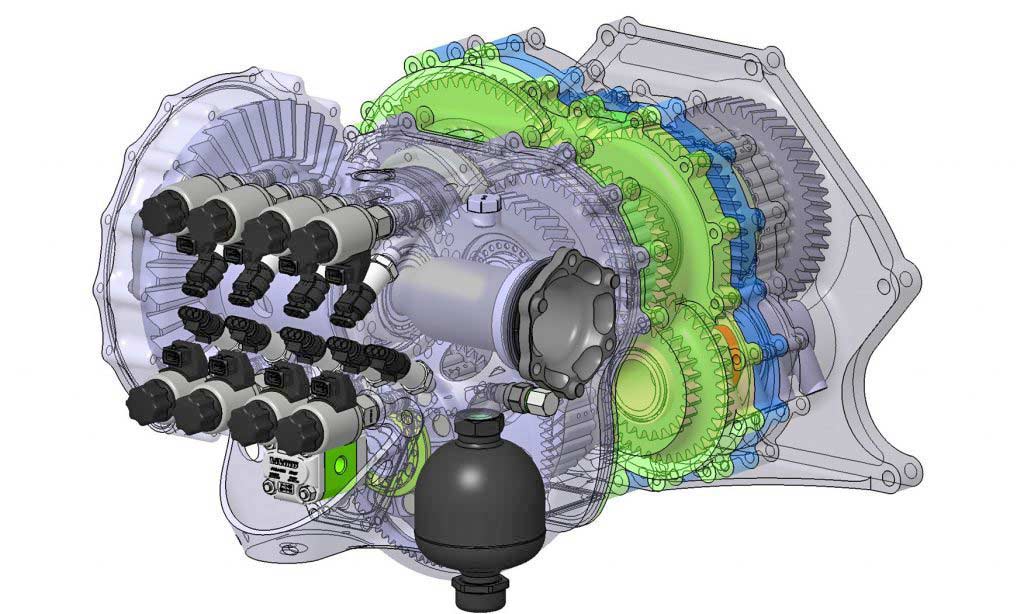
The LST weighs 90 kg (198 lbs), including wet clutches, flywheel, fluids, starter motor and oil pumps. Gearshifts are via either steering wheel paddles or the manual-style shifter on the centre console. Both the paddles and shifter feature a double-notch shifting mechanism. The first notch shifts one gear up or down, while the second notch engages shifting the car to the optimum gear for maximum acceleration, regardless of that gear’s relationship to the current gear — instantly, the company said.
The Jesko also gets an active Triplex damper added to the front suspension and a new rear-wheel steering system. The Triplex system was first introduced in the Agera in 2010. It used a third, horizontal damper built into the rear suspension to counter the car’s tendency to squat during hard acceleration. Both the front and the rear triplex dampers now incorporate active bump and rebound damping.
The ESC and Traction Control has 3 settings: Wet, Normal, Track. Official performance figures are not available at the moment, but the Jesko’s curb weight is 1,420 kg (3,130 lbs).
The Jesko is limited to 125 units and at the time of publishing this story, most of them are already been spoken for.

Leave a Reply
Note: Comments that are unrelated to the post above get automatically filtered into the trash bin.
